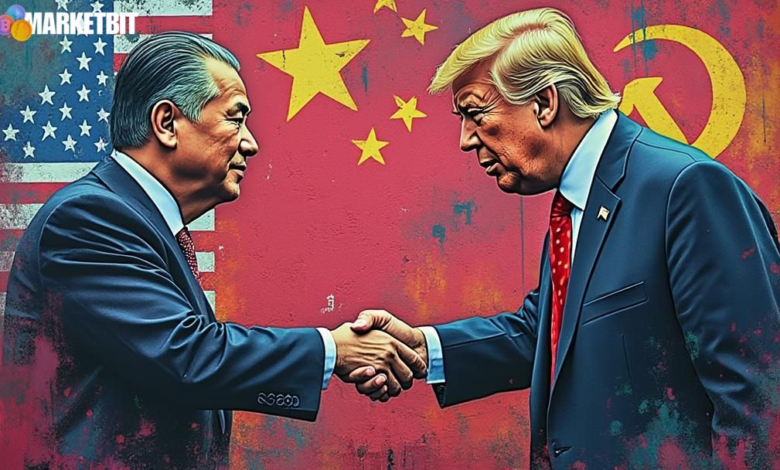U.S. and China Extend Tariff Pause by 90 Days

- The U.S. and China extend the tariff pause by 90 days.
- Avoids new tariffs amid trade negotiations.
- Expected market volatility in response.
The United States and China will extend their existing tariff pause by 90 days, as negotiations continue without new tariffs, according to U.S. executive orders dated July 2025.
This extension is pivotal for maintaining market stability, potentially impacting traditional and digital asset markets, with anticipated reactions based on historical precedents during previous trade truces.
The United States and China have agreed to extend their recent tariff pause by 90 days. This move aims to avoid new tariffs while trade negotiations continue between the two economic powerhouses.
Principal parties
Principal parties involved include the U.S. Administration and Chinese trade officials. The ongoing negotiations are part of a continued effort to stabilize trade relations and avoid further economic disruptions globally.
Market Impact
The immediate impact of this tariff extension is positive for traditional commodity and equity markets. Digital assets like BTC and ETH may also experience volatility due to renewed investor confidence.
I have determined, based on additional information and recommendations from various senior officials, including information on the status of discussions with trading partners, that it is necessary and appropriate to extend the suspension effectuated by Executive Order 14266 until 12:01 a.m. eastern daylight time on August 1, 2025.
Political and financial implications
Political and financial implications are substantial. The trade pause aims to nurture a favorable economic climate, promoting stability and confidence in markets sensitive to macroeconomic shifts.
Financial Adjustments
No financial adjustments or publicly announced funding changes accompany this extension. Stakeholders should monitor developments in both U.S. and Asian markets.
Potential Outcomes
Potential outcomes include increased market confidence and possibly a lift in significant cryptocurrency assets. Historical data indicates improvements in BTC and ETH performance following past tariff truces, with investors likely seeking high-yield opportunities.





